The 2025 School Safety Summit gathered school district staff and partners to share best practices, develop skills, and enhance collaboration in creating safer learning environments. This year’s theme, Building a Safer Tomorrow: Strengthening Prevention, Mitigation, Response & Recovery, emphasized a comprehensive approach to school safety that extends beyond crisis response to include proactive prevention and healing strategies.
Held in early August at Camas High School, the summit was sponsored by the Clark County Safe Schools Task Force and ESD 112’s Regional School Safety Center. Participants included representatives from school districts, state schools, and partner agencies dedicated to student and staff safety.
Keynote speaker Chris Sutherland, a retired law enforcement officer and former School Resource Officer at Marysville Pilchuck High School, delivered a powerful and heartfelt message of hope, healing, and resilience. Sutherland, who was involved during the 2014 school shooting at Marysville Pilchuck, spoke openly about the enduring effects of trauma and the vital role of connection in helping students and communities overcome crisis.
“The summit reinforced that our greatest safety resource is each other,” said Corina McEntire, Comprehensive School Safety-Public Health Coordinator at ESD 112. “By connecting school districts, state schools, and community partners, we are better equipped to respond, recover, and prevent crises together.”
Breakout sessions covered a wide range of topics, including earthquake preparedness, physical security, adolescent brain development, and mental health tools for student safety. Popular sessions included Beyond the Binary: Safety, Belonging, and the Well-being of LGBTQIA+ Students; From Safety to Strength: Supporting Student Anxiety Without Over-Accommodation; Creating a Culture of Dignity; and Prevention in Action, which highlighted youth-led campaigns and upstream prevention strategies.
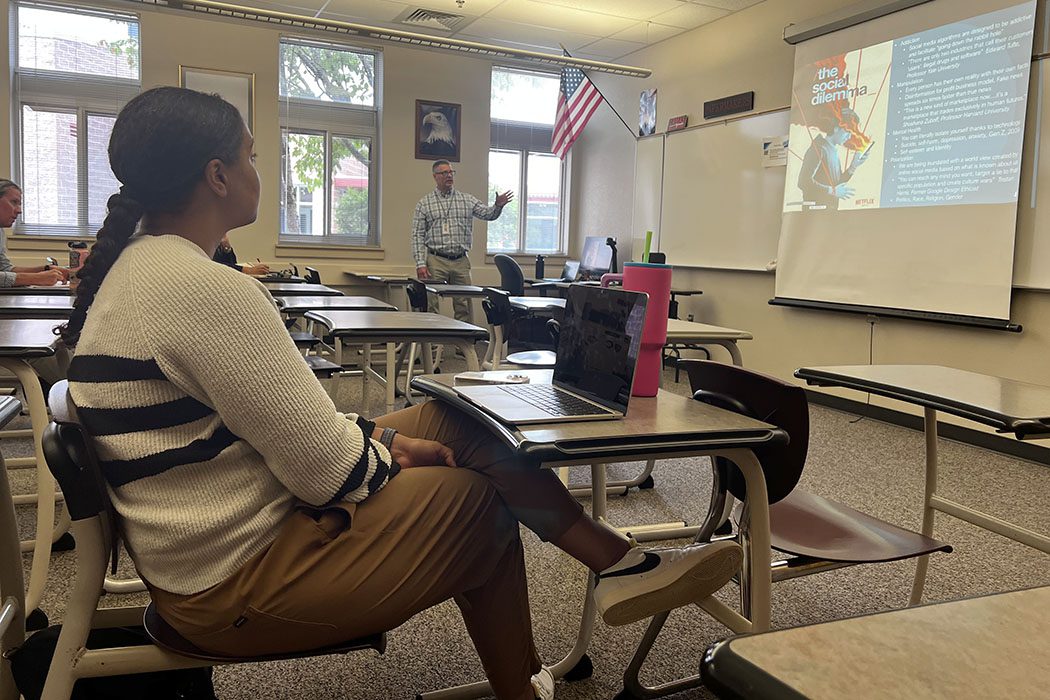
ESD112’s Travis Effinger presents “Youth Internet Radicalization” in a breakout session
The summit also featured practical, hands-on training such as the Standard Reunification Method, Threat Assessment Refresher, and Conducting School CPTED Assessments. Crisis communications experts from regional districts led sessions like Communicating Through Crisis: What to Say, When to Say It, and Why It Matters, guiding school leaders through preparedness, response, and recovery steps to maintain trust and strengthen relationships during emergencies.
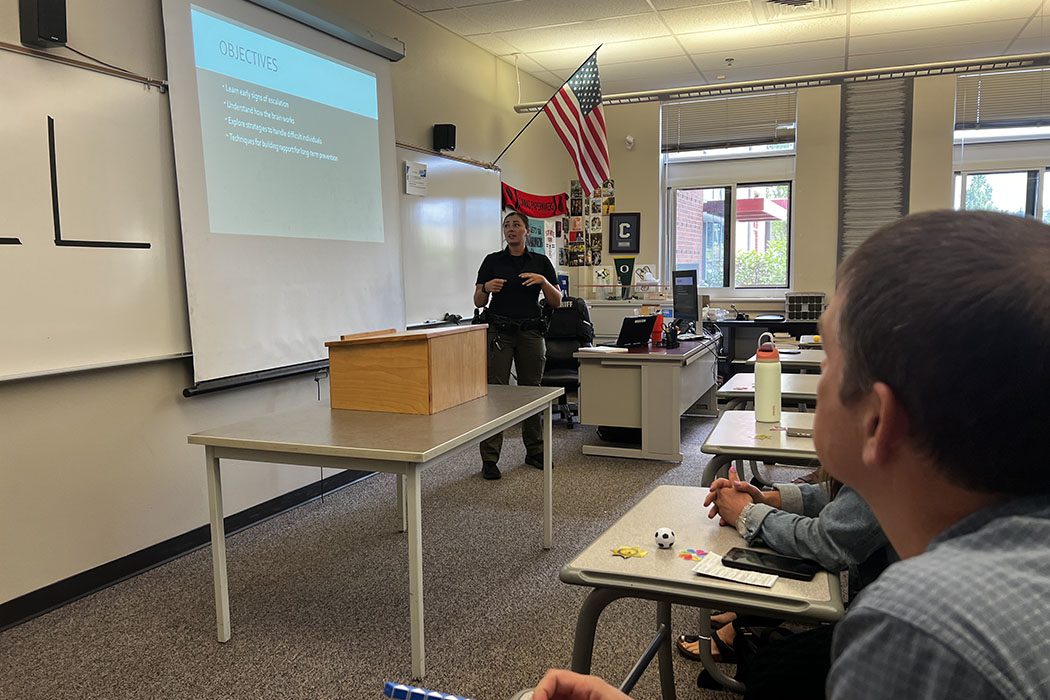
Deputy Chelsea Quiggle leads her presentation titled “Calm in the Storm”
Through keynote inspiration, expert-led sessions, and collaboration opportunities, the 2025 Safety Summit prepared attendees to face challenges with clarity, confidence, and compassion—helping ensure that every student feels safe, supported, and ready to learn.

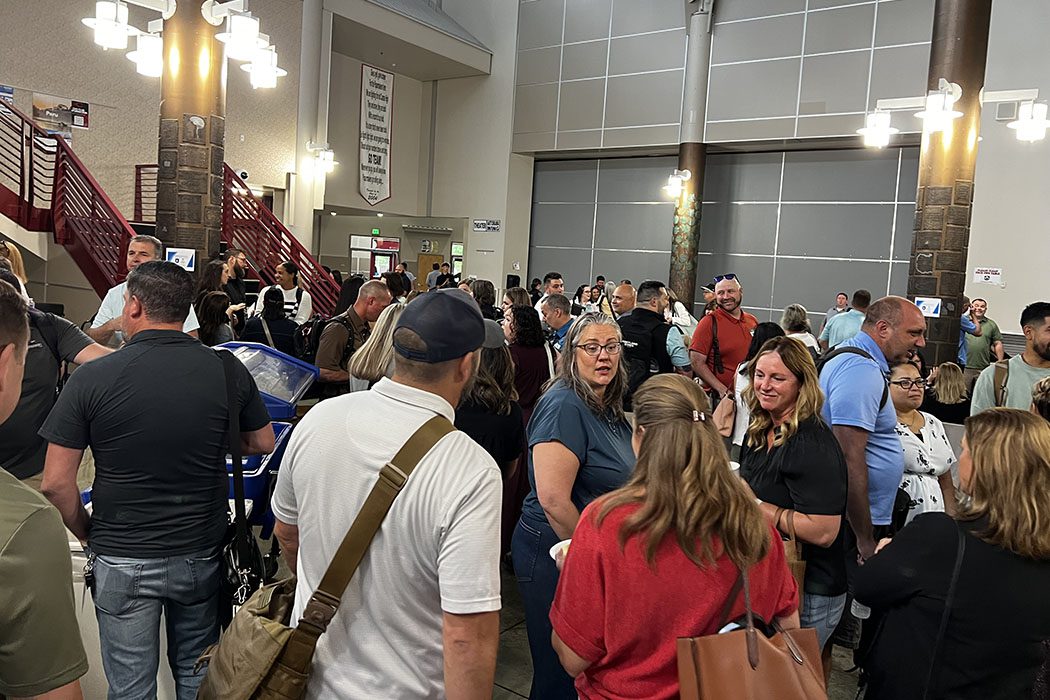
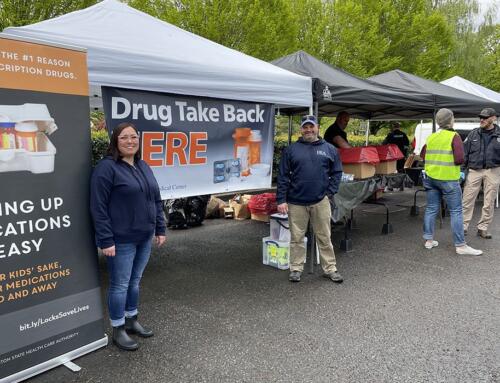
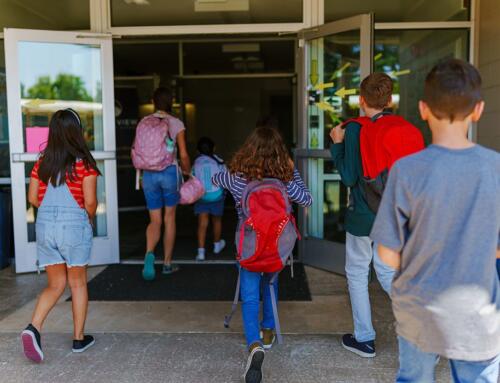
 ESD 112 equalizes educational opportunities for learning communities through innovative partnerships, responsive leadership, and exceptional programs.
ESD 112 equalizes educational opportunities for learning communities through innovative partnerships, responsive leadership, and exceptional programs.